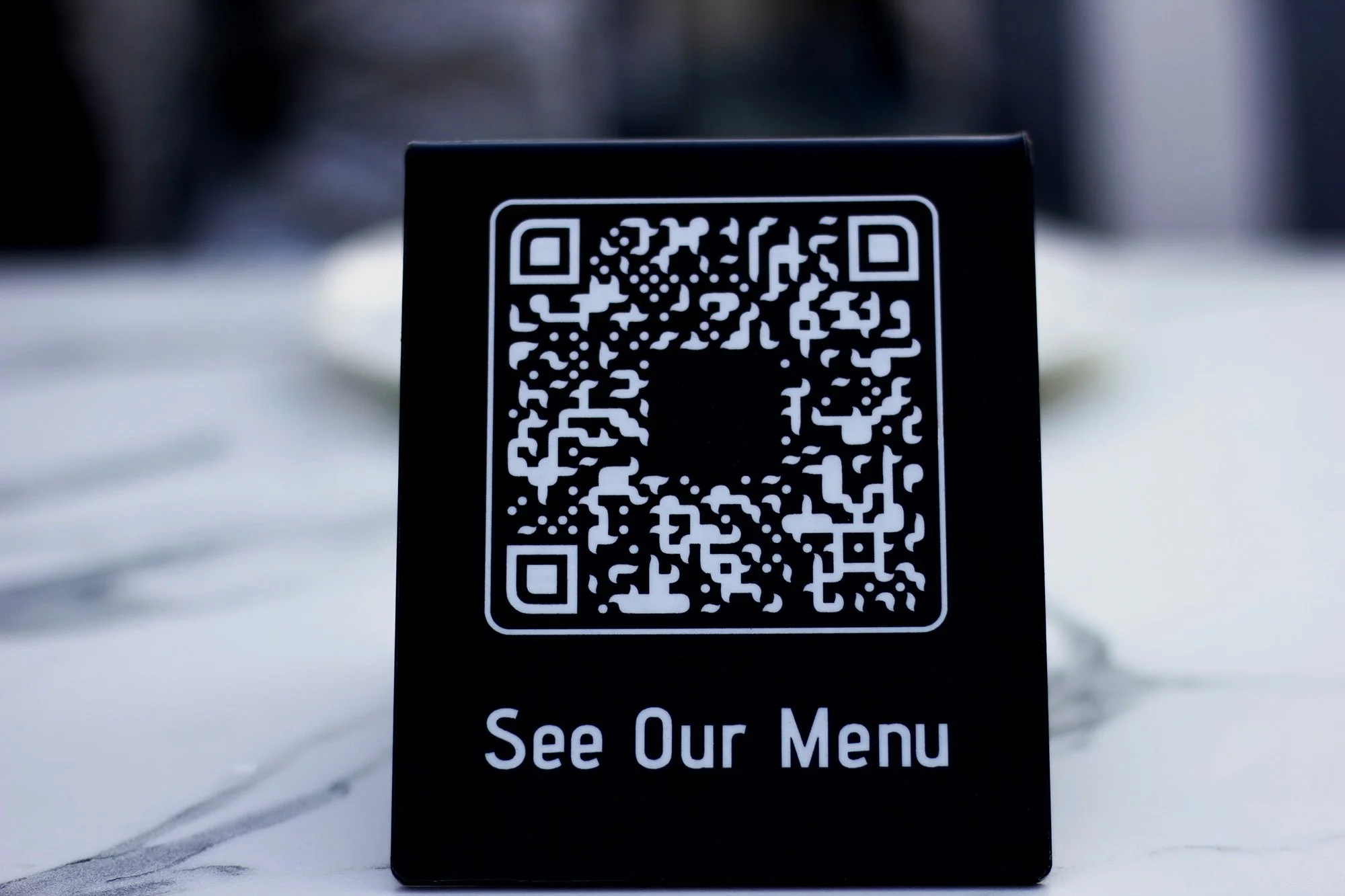By Seshu Madabushi, FoodKonnekt
Technology and automation have grown exceptionally fast the restaurant industry and the breakthroughs in the data analytics prodded many of us to start collecting customer data. And many restaurants started to set in the process of data collection via email, social media, loyalty programs, and surveys.
But, if we step back a little and analyze, we find that although restaurants have access to an overwhelming amount of data on their guests, many of them are aren’t using it. In fact, according to a recent survey, 85% of organizations have started programs to create data-driven cultures, but only 37% have reported any success.
Most restaurant owners do not know where to start, while there are others who are still deciding whether data collection is actually yielding any value to their business.
Collecting, aggregating, and mining data provides marketers with relevant and actionable insights necessary to form an integrated strategy for future campaigns with a multi-channel focus. And while those terms might overwhelm a lot of us, it’s much easier than it sounds and the fruits of the labor are worth it.
Here are five benefits data-driven marketing can bring to your restaurant.
1. Personalized Marketing
The Millennial consumer has wizened up to the schemes and devices marketers use to engage them. From their mobile phones, work laptops to their TV screens, the average consumer encounters over a dozen marketing messages within a single day. To cut above this noise, it is important for brands to deliver the right message to the right customer at the right time. This kind of customization is only possible with the use of data.
Personalization is the key because consumers are more likely to respond to messages that are relevant to them. For example, a guest who prefers gluten-free pizza (as seen from their purchase history) would be more likely to respond to promotions on your gluten-free entrée dishes. By studying consumer behavior such as what they usually order, their visit frequency, response to special offers and discounts, marketers can create a comprehensive picture of their audience and use this to develop a more personalized approach to their marketing.
These insights not only help you to serve your customer better but also build long-term brand loyalty.
2. Staying Connected
According to a recent study, Millennials spend an average of 17 hours online every week. Marketers can use this to their advantage by correlating data across the various internal and external sources and the use of machine learning tools which help them to identify the sites or platforms where their target audience spends maximum time.
In short: this data will tell how to reach your targeted guests, where and at what time, so you can send out customized messages that are most likely to convert.
3. Restaurant Menu & Product Improvements
Most restaurants fail due to poor understanding of the market and their target guests. Data-driven marketing can give you a much better understanding of your customer base so you can tailor your products to suit their needs.
Do your guests want more craft beer? More local food and drink? Maybe they want super unhealthy and tasty good-eats. Solid guest data and transaction data can help restaurants answer these questions to improve the performance of their overall menu.
4. Optimizing Your Restaurant Sales Strategy
The ability to mark off the successful strategies and tools from those that failed is crucial to your marketing efforts. Analysis of data from marketing campaigns can provide restaurant operators and marketers valuable insights into guest behavior and the strategy that moves diners down each stage of the sales funnel. These insights can help you to build highly targeted campaigns and optimize strategies for your different customer types.
For instance, there may be a category of big spenders who are not your frequent customers. You can use the data available to you to create marketing messages that can convert them into regulars.
5. Predictive Analysis and Forecasting
Data can be used to determine customer behavior, responses, and sales, and predict which guests are more likely to buy a product or who are more likely to fall off the sales funnel. Predictive analysis using data can help marketers optimize their marketing strategy promote, cross-sell or up-sell with guests.
Data can also provide valuable insights about market forecasts, which can be used for restaurant inventory management or regulation of your demand supply chain.
Final thoughts
Restaurants that embrace data collection and evolve with technology are set to thrive in the constantly changing consumer environment.
Data has the potential to be your most valuable marketing resource. With the right data in hand, you can create scalable, repeatable marketing processes. Register for FoodKonnekt's free webinar to learn more.











